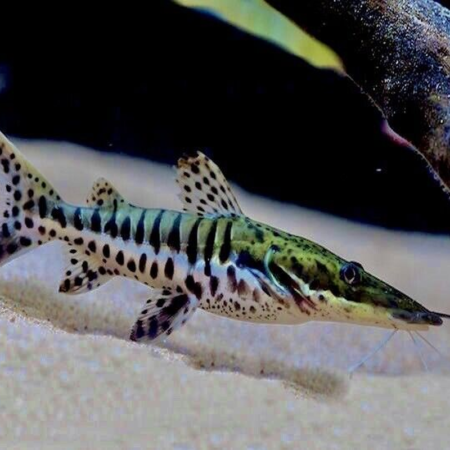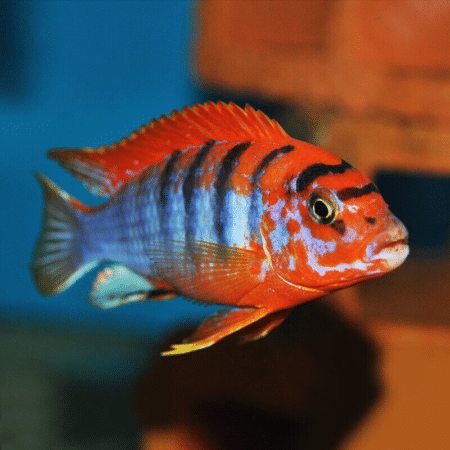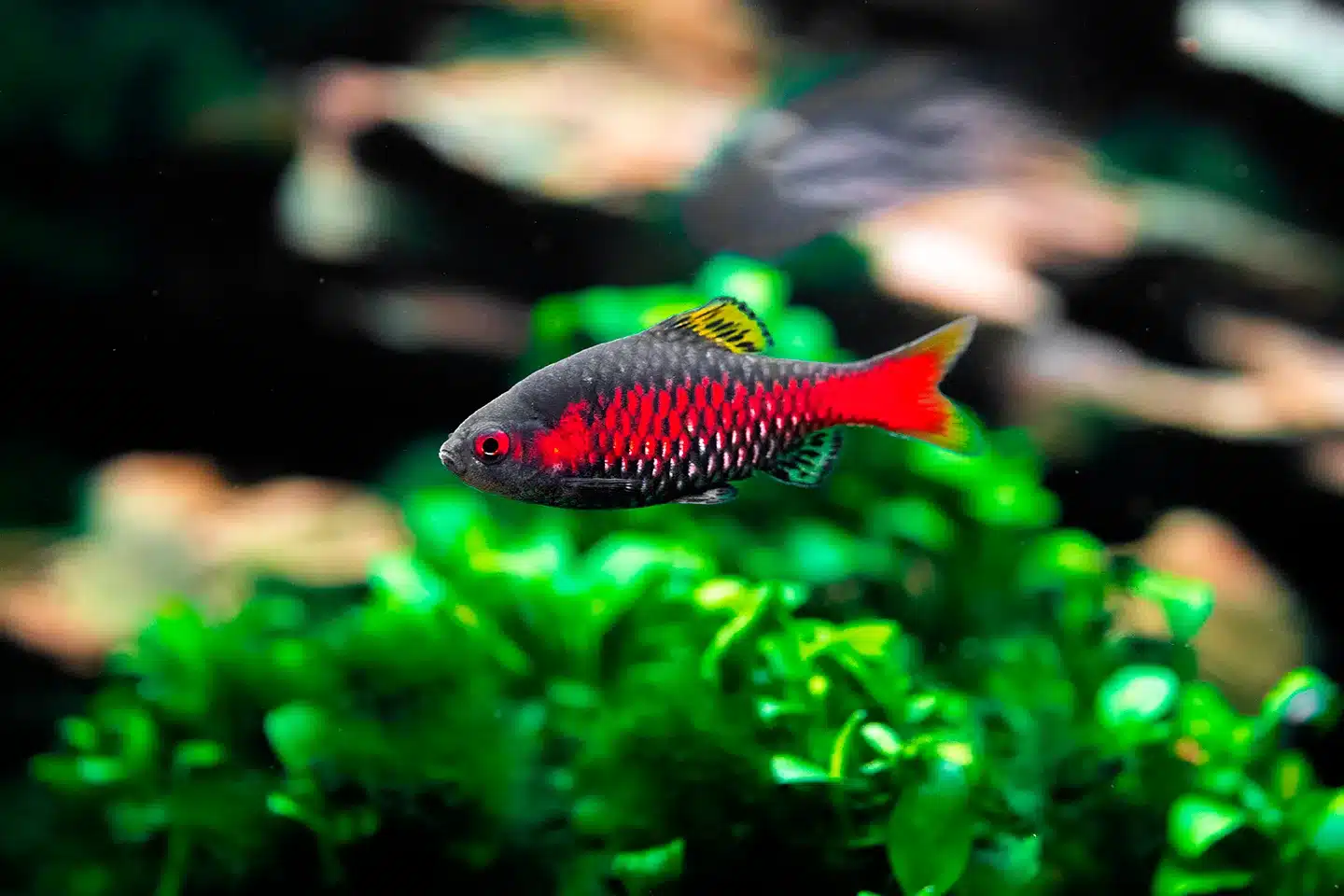-
×
-
×
-
×
-
×
-
×
-
×
-
×
Subtotal: £278.92





















Emily Carter (verified owner) –
I recently added 5 Odessa Barbs (Pethia Padamya) to my community tank, and I couldn’t be happier! From the moment they arrived, I noticed how vibrant and healthy they looked. After about two weeks of settling in, they’ve really come into their own, showcasing those beautiful colors! These little swimmers are so active and love to play around the plants. I feed them a mix of high-quality flakes and occasional freeze-dried bloodworms, which they absolutely gobble up. Compared to other barbs I’ve kept, Odessa Barbs are less nippy and seem to get along wonderfully with my tetras and guppies. The only minor concern is that they do prefer slightly warmer water, but that fits perfectly with my tank setup. If you’re looking for lively and stunning fish that bring personality to your aquarium, I wholeheartedly recommend Odessa Barbs! They are just perfect for both beginners and seasoned aquarists. Overall, I’m thrilled with my purchase and will definitely be back for more in the future!
Emily Carter (verified owner) –
I recently purchased 5 Odessa Barbs, and I couldn’t be happier! As a caring fish parent, I’m always looking for community fish that thrive together, and these little guys have exceeded my expectations. They were shipped quickly and arrived in excellent condition—very lively and displaying beautiful colors. Over the past two months, I’ve noticed how they love exploring my planted tank. The vibrant greens of the plants really highlight their stunning orange and black stripes.
What I appreciate most is their friendly nature; they get along well with my other fish, including guppies and tetras, which makes my aquarium feel alive and colorful. Compared to other barbs I’ve kept, the Odessa Barbs are much less aggressive, making them perfect for a community setting. However, I do have to keep an eye on their diet to ensure they’re getting the right nutrition, as they can be a bit picky about food.
For anyone starting their aquarium journey, I highly recommend Odessa Barbs. They are easy to care for, and their playful antics will bring joy to your tank! Just be sure to provide them with plenty of space to swim and explore. You won’t regret adding these beauties to your fish family!